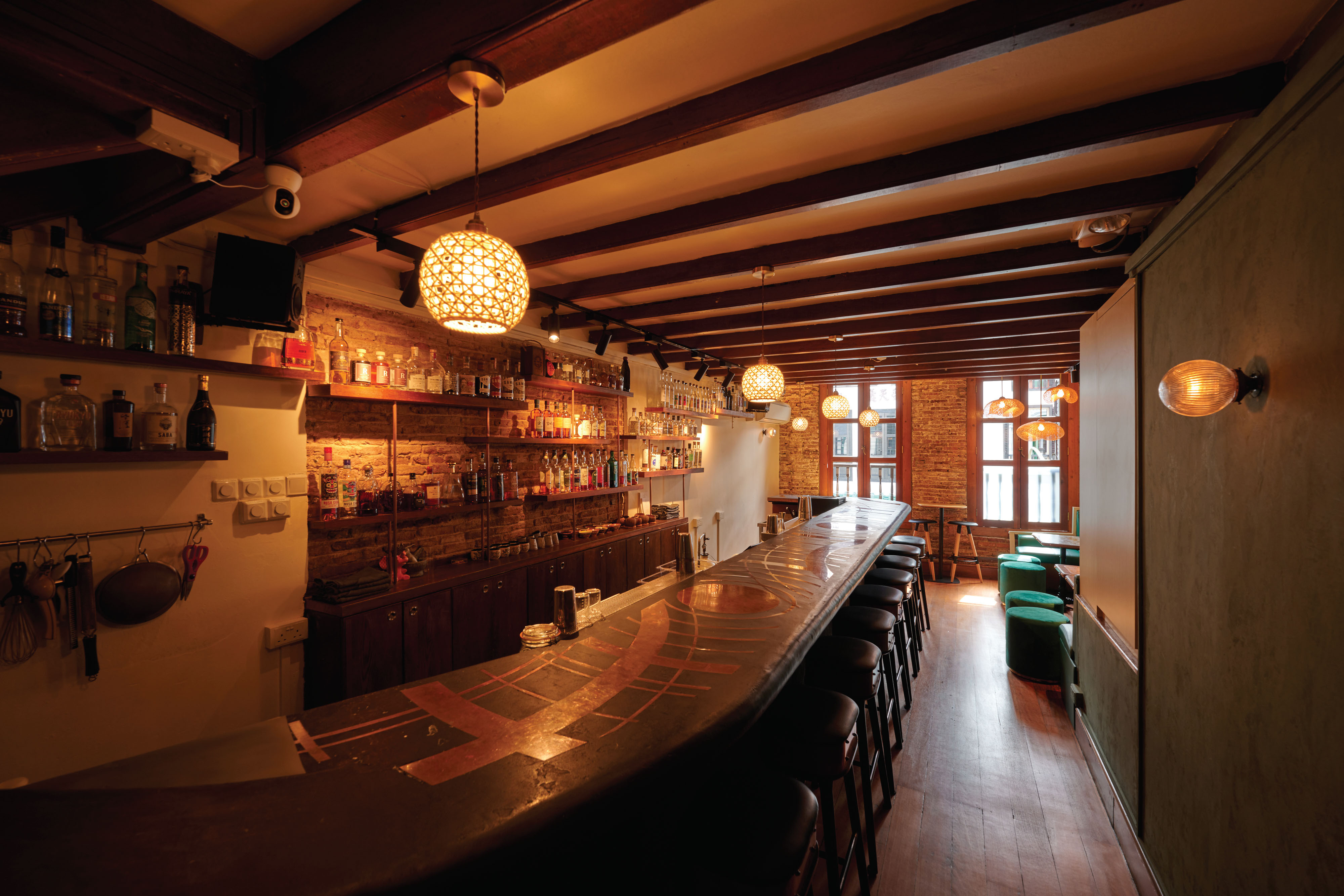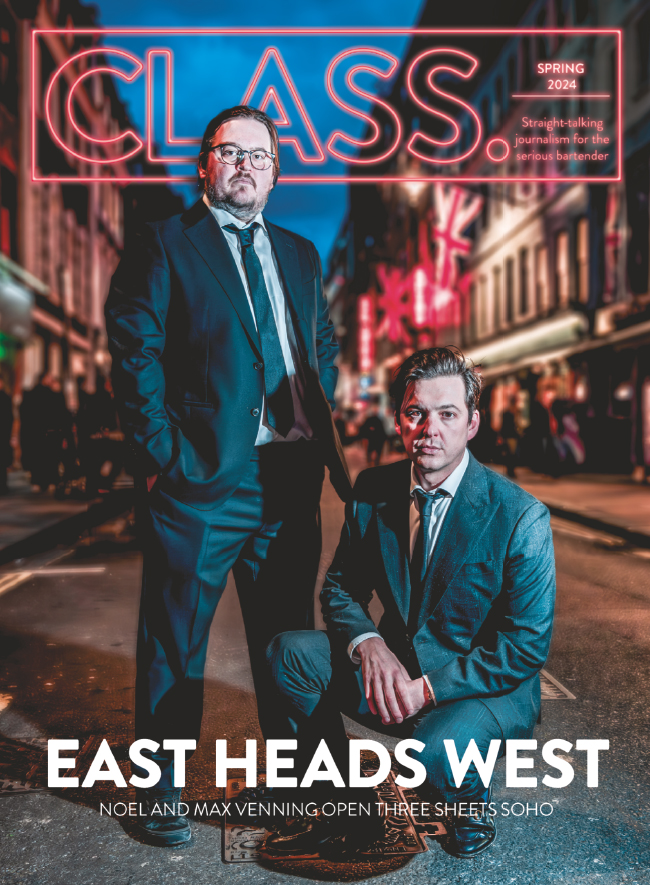
Fresh back from Singapore, Hamish Smith has the questions and Vijay Mudaliar from Native the answers
When I first met Vijay Mudaliar, some five or so years ago, I was taken aback. To this day, I haven’t heard a better orator on sustainable bar practices. Here was someone who had put it all on the line for his principles. In Asia at the time, localism, low waste and plastic reduction, not to mention fermentation, were very much embryonic ideas. Mudaliar had a sold grounding – he’d cut his teeth at Luke Whearty’s Operational Dagger - and went on to launch his own bar, Native, in 2016. An ambitious three-level venue that eschewed the international brand dollar in favour of Asian spirits, this was one of the first high-profile cocktail bars in which Asia did Asia. Not just in spirits, which are chosen chiefly by proximity to the bar, but the ceramics, the music – this is 360° localism.
There was a zero plastic policy at the start, and Native was an early adopter of repurposing and recycling with coasters made from lotus leaves and aprons fashioned from waste. More recently, Mudalier launched his sophomore Analogue, a similarly impressive concept dominated by a bar 3D printed from recycled plastic and table tops created from a self-growing fungus. Another one to check out, but Native – because it dared to do at a time when few did – is a bar whose echoes are still heard around the world.
What is Native, in a nutshell?
Native is the idea of working with local and regional spirits, ingredients and produce. The venue is across three floors. The first is a restaurant bar where we explore locality and regionality through the lens of food. On the second floor we explore the idea of regional spirits such as Singapore gins, Indian whisky etc, and experimental cocktails. The third floor has a fermentation menu with our in-house various wines, meads, kombucha, misos etc.

Can you describe the Singapore scene when you launched Native?
When we first started, the idea of craft regional spirits didn’t exist. People often thought of these spirits as moonshine etc. We only had seven different bottles but slowly the conversation grew and we started getting more contacts with distillers and spirits from the region.
Can you give us an idea of the kind of products you use?
One of my favourites is Ceylon Arrack, a historical spirit. These guys were among the first few craft brands to start refining the nature of the spirit. Ceylon Arrack uses a coconut toddy (wine) to distill and is aged in barrels. The distillery is also one of the most sustainable I’ve seen and the owners are passionate about what they do.
Fermentation is key to what you do. Tell us more
We really like exploring fermentation as Singapore doesn’t have many alcohol producers. We can take flavours and lengthen them and also use ingredients that might not be at their freshest and make it into something beautiful with time. For example, we take pineapple waste from one of our cocktails and we ferment it with koji over two months into a ‘pineapple shoyu’. The result is a savoury umami paste that we use in one of our restaurant dishes.
What’s the one drink Native is famous for?
The Antz has been on the menu since inception. We use wild ants that produce formic acid, using this acidity instead of citrus along with our house-made lemongrass gin, coconut yoghurt and basil.

Native is one of the pioneers of low waste in the modern bar industry. What form does that take? At Native we’re often reusing waste into various different garnishes or edibles such as misos etc. We do our own composting in our venue and that compost programme goes into our urban farm where we grow various herbs and plants. We also use various side cuts and waste for ferments, such as for the pineapple shoyu. We clarify some calamansi citrus for the juice and the pulp goes into a honey wine ferment that we sell at the bar as a calamansi mead.
Tell us a little about your second bar, Analogue
Analogue is about looking into the future of the food system, through various topics that we would like to see a change in our food and drink ecosystem, such as over-farming, materials and accessibility. A lot of over-farmed ingredients come from the meat industry, such as beef, pork, milk, cheese, eggs so our venue is entirely plant based. For materials, the bar top is made up of 1,600kg of recycled plastic bottles that have been 3D printed.
We also look at accessibility and the bar top is lowered on a corner for access for wheelchair clients and our entire venue is accessible from the toilets to the drop-off point. We also have a non-alcoholic menu that equals the number of cocktails. None of it uses refined sugars and we use techniques such as hydrosols, edible oils and ferments. So the venue is about the inclusivity of different kinds of consumers and also about the future of the food system.

